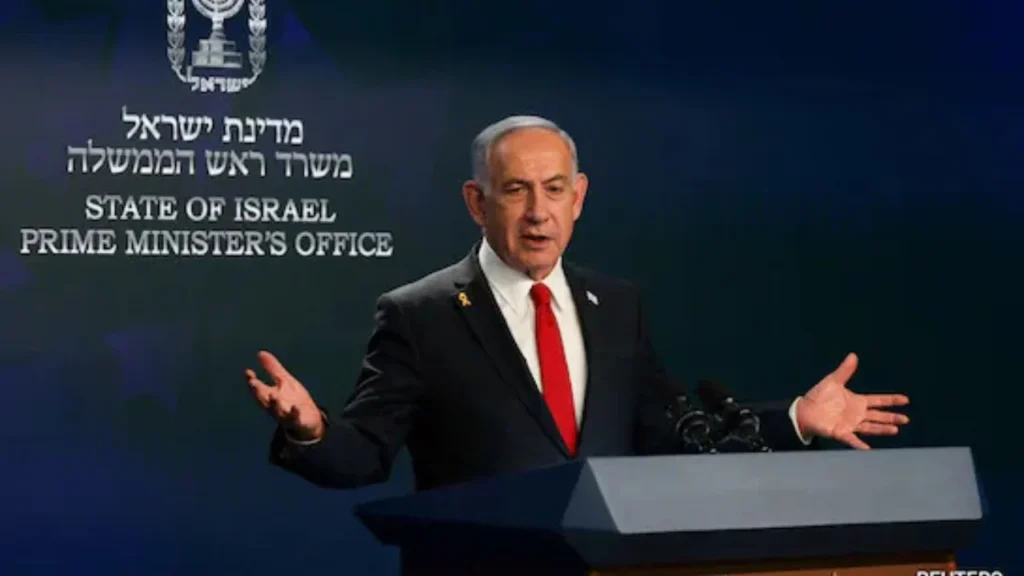On May 10, 2025, the world watched with cautious optimism as India and Pakistan declared a temporary ceasefire following weeks of escalating military tensions. Brokered through intense diplomatic intervention by the United States and supported by other global powers. The ceasefire was a vital step towards de-escalation. However, hope turned to despair within hours as India reported that Pakistani forces had violated the agreement. Shelling forward Indian positions along the Line of Control (LoC). The incident has again thrown the region into chaos, raising fears of a prolonged and dangerous conflict.
The backdrop of the Ceasefire: The Pahalgam Massacre
The ceasefire came in the wake of the Pahalgam terrorist attack on April 22, 2025, where 26 Hindu pilgrims were killed and over 40 injured in one of the deadliest attacks in recent times. India swiftly attributed the attack to Pakistan-based terrorist group Lashkar-e-Taiba, alleging direct involvement of Pakistani military intelligence. In retaliation, India launched Operation Sindoor. Targeting terrorist infrastructure across Pakistan-occupied Kashmir (PoK) and reportedly conducting missile strikes on select military sites inside Pakistan.
The swift military response brought both countries to the brink of war, prompting the United States, China, and Saudi Arabia to intervene diplomatically. Their efforts led to a joint announcement of a ceasefire on May 10.
Ceasefire Declared, But Peace Short-Lived
The ceasefire, though fragile, was intended to prevent further civilian casualties and open channels for diplomatic talks. It was supposed to take effect at 6:00 PM IST on May 10. Indian and Pakistani military representatives reportedly agreed to the terms through backchannel communication.
However, just three hours later, reports emerged from Indian defense officials that Pakistani forces had fired mortars and small arms in multiple forward sectors of Poonch, Rajouri, and Baramulla in Jammu and Kashmir. According to the Indian Army, four Indian soldiers and three civilians were killed in the sudden offensive.
India’s Reaction: “Ceasefire Violated with Intent”
India’s Ministry of External Affairs issued a stern statement condemning what it called a “calculated and deliberate breach” of the ceasefire. Foreign Secretary Vikram Misri stated, “Pakistan has once again demonstrated its unwillingness to honor peace agreements. The violation of the ceasefire within hours reflects the absence of genuine intent on Islamabad’s part.”
Indian defense sources also revealed that radar data and surveillance drone footage showed Pakistan mobilizing troops and artillery even before the ceasefire began, suggesting the attack was premeditated. India responded with controlled retaliation but avoided escalation to keep diplomatic options open.
Pakistan’s Stand: Denial and Counter-Allegations
In response, Pakistan’s Information Minister Attaullah Tarar denied any ceasefire breach. In a televised statement, he claimed, “India is trying to mislead the world. We did not fire the first shot. Our military installations came under missile attack from India just before the ceasefire was to begin.”
Pakistan further alleged that Indian forces had targeted its Nur Khan, Shorkot, and Murid air bases, resulting in at least 15 military personnel casualties. Pakistan’s military launched a retaliatory campaign, “Operation Bunyan Ul Marsoos,” targeting Indian forward posts. The country maintains that its response was defensive and justified under international law.
The Situation on Ground: Shelling, Fear, and Displacement
Despite official claims and counterclaims, the reality on the ground has been grim. Villages near the LoC on both sides have come under heavy shelling. Indian officials reported that more than 500 people were evacuated overnight from high-risk zones in Jammu and Kashmir.
Mobile networks were temporarily shut down, and schools within 10 kilometers of the LoC have been closed indefinitely. Civilian shelters are filling up rapidly, and emergency services are stretched thin.
Residents, already weary from decades of conflict, are once again caught in the crossfire. “We thought the ceasefire would give us some relief,” said a resident of Mendhar, Jammu. “But the firing began even before we could feel safe.”
Global Concerns and Diplomatic Fallout
The global community has reacted with concern and disappointment. The United Nations called for restraint, while U.S. Secretary of State Marco Rubio urged both sides to return to dialogue. China expressed regret that the ceasefire had collapsed so quickly, and Saudi Arabia reiterated the need for peace in South Asia.
India has invited international observers to visit the LoC and verify the alleged violations, while Pakistan has demanded an independent probe into India’s missile attacks. Analysts warn that unless the international community plays a more assertive role, the situation could spiral out of control.
Historical Context: A Pattern of Broken Promises
This is not the first time a ceasefire has been violated within hours of being agreed upon. The 2021 ceasefire, hailed as a landmark in Indo-Pak relations, saw relative calm for over a year. However, subsequent years saw gradual breakdowns in trust, mostly linked to border skirmishes and terror attacks.
The current scenario mirrors past patterns—terror attacks, Indian retaliation, international mediation, followed by a brief truce and then renewed violence. Many experts believe this cycle will continue until there is a fundamental shift in how both countries engage with the Kashmir issue.
Conclusion: A Missed Opportunity for Peace
The events of May 10, 2025, mark yet another lost opportunity for peace in a region that has seen too many. While Pakistan denies violating the ceasefire, and India claims to have acted only in response, the reality is that civilians on both sides suffer the most.
The international community must now act more decisively—not just to stop the current violence but to help both nations address the root causes. Until then, ceasefires will remain temporary pauses in a long, unresolved conflict.



















